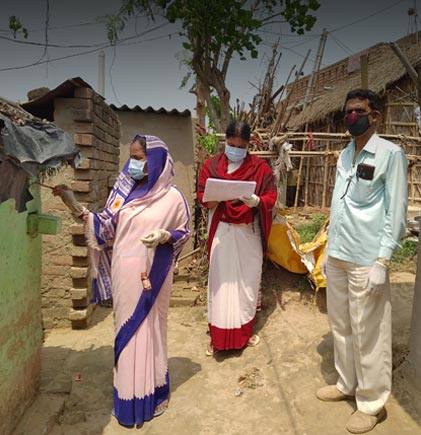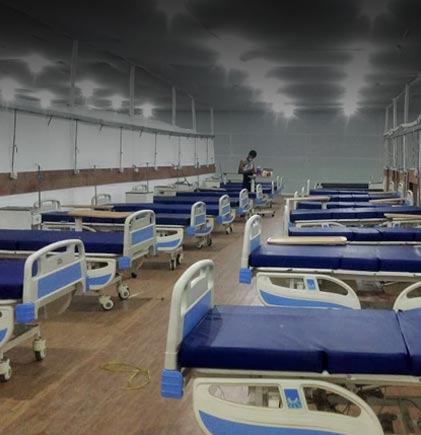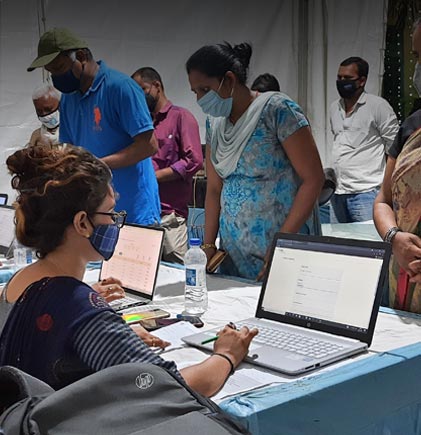Rashtriya Dharm Hindu Sanghatan Disaster Management initiative works to provide rapid and effective relief measures to the regions impacted by natural calamities. Our strategy encompasses Preparedness, Response, Recovery, and Rehabilitation with an approach of ‘Building Back Safer’. We use post disaster recovery programming to increase the resilience of buildings and communities to future hazards and raise awareness about disaster management.
As an NGO in disaster management, Rashtriya Dharm Hindu Sanghatan carries out an annual risk profiling and mapping of vulnerable locations in India to enhance its preparedness to respond during emergencies. Long-term engagement with the affected communities and efforts made to provide them immediate relief for recovery are the primary focus of our Disaster Management mandate. We also encourage donating to charity to help disaster relief organisations carry out their work.






